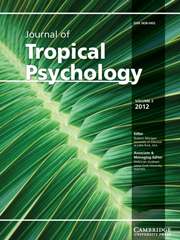Crossref Citations
This article has been cited by the following publications. This list is generated based on data provided by Crossref.
Gasper, Karen
2018.
Utilizing Neutral Affective States in Research: Theory, Assessment, and Recommendations.
Emotion Review,
Vol. 10,
Issue. 3,
p.
255.

